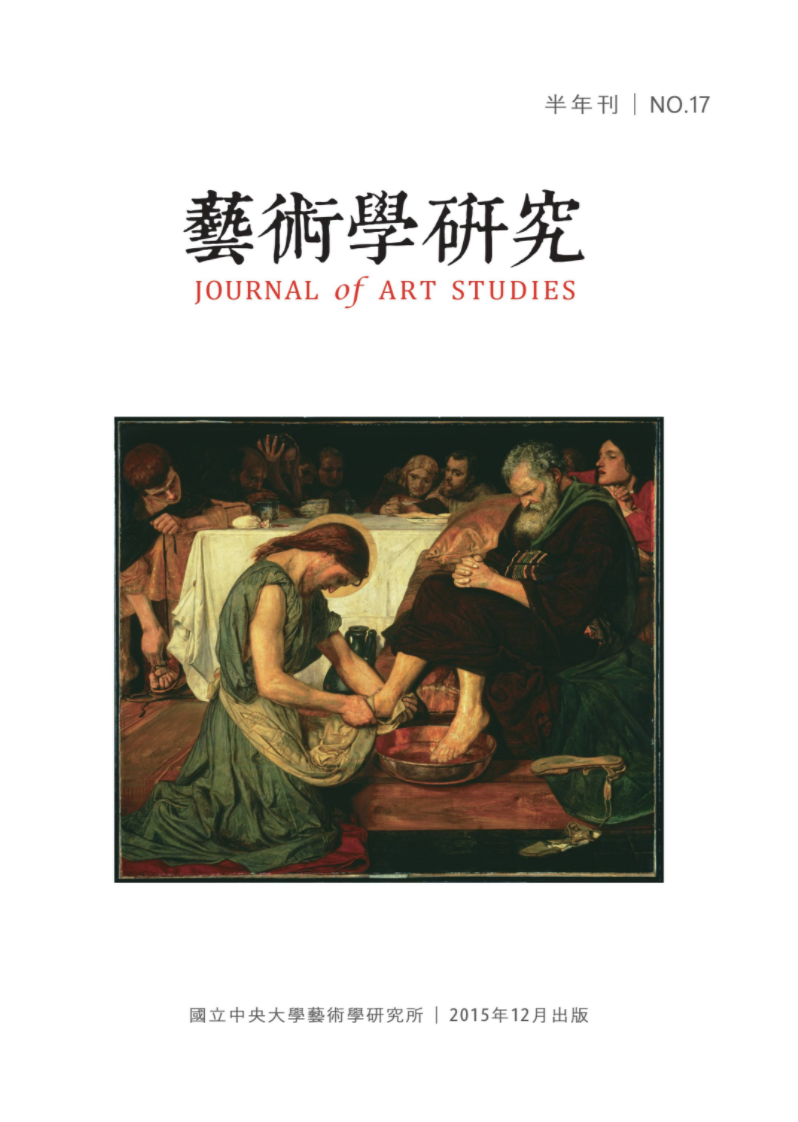「摩羯魚」在印度宗教藝術表現的形象中,曾扮演輔助闡述部分的教義教理,隱喻的圖像亦曾理所當然地被理解。但是,當宗教信仰的延續性受到阻礙,宗教藝術也因而不彰顯,形象失去原有的文字說明之後,部分宗教圖像就漸漸失去其符號的功能。摩羯魚留下了大量歷史見證的形象,這些不同的造型摩羯魚是筆者回歸其意涵的重要基礎。
筆者在追溯摩羯魚的起源時,發現印度宗教藝術中的摩羯魚與發源於西亞古文明的黃道十二宮之摩羯座有深厚的淵源。本文將試圖從遙遠的古巴比倫追尋其蹤跡,思索摩竭魚在印度宗教藝術中的表現與意涵,並將分析摩羯魚在印度的佛教與印度教藝術的造型與表現,摩羯魚(摩羯座)的輾轉流傳為古代文化交流提出文字以外的例證。
前輩學者對摩羯魚藝術表現的討論多限於裝飾部分,吠陀經典與史詩對摩羯魚均甚少著墨,佛經的相關敘述亦不多。筆者透過藝術造型中與摩羯魚互動或關聯的其他元素,包含神祇、植物…等等,或是摩羯魚所在建築的關鍵位置,由解讀畫面來試圖還原摩羯魚可能的象徵意含。筆者以為分析摩羯魚造型的演變與其在宗教藝術中所扮演的角色,有助於我們補足文獻佚失的部分。
“Makara”, an Indian religious image similar to the Capricorn of the western zodiac, once played a supplementary role in the elaboration of doctrine, and its metaphorical image was understood accordingly. With the decline in religious observance and continuity, religious art has waned, and in the absence of accompanying original textual explanations for such images, some religious images have gradually lost their symbolic function. Nonetheless, a large number of images of ancient makara remain, providing historical testimony. These makara provide an important basis for the author's efforts to discover their original meanings.
When tracing the origins of makara, the author found that the makara of Indian religious art has a profound kinship with the Capricorn of the Western zodiac, which originated in the ancient civilizations of western Asia. In this article, the author attempts to find makara's traces starting in the distant Babylonian civilization, to identify its meaning and expression in Indian religious art in India, leading to further analysis of the style and performance of makara art in Buddhism and Hinduism. The makara's (Capricorn's) outward spread provides a non-textural illustration of ancient cultural communication.
Many previous scholars' discussions of artistic expressions of the makara are limited to the decoration alone. There were some few discussions of makara in the Vedas and the Epics, as well as in Buddhist scripture. Through other elements related to, and interacting with, makara in art, including gods, plants and so on, or the key position in the building where a makara is located, the author, through an analysis of the makara's evolving shape and role in religious art, tries to fill in some of what is missing from the existing literature.


